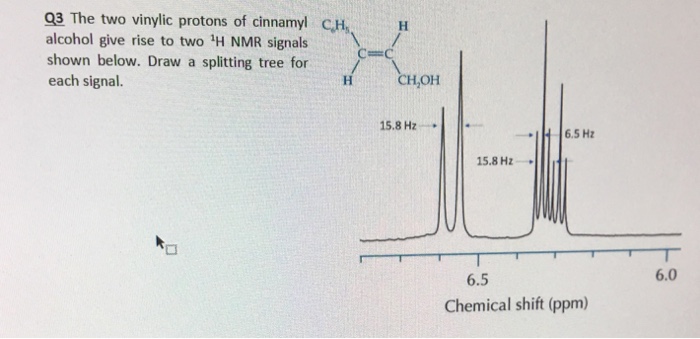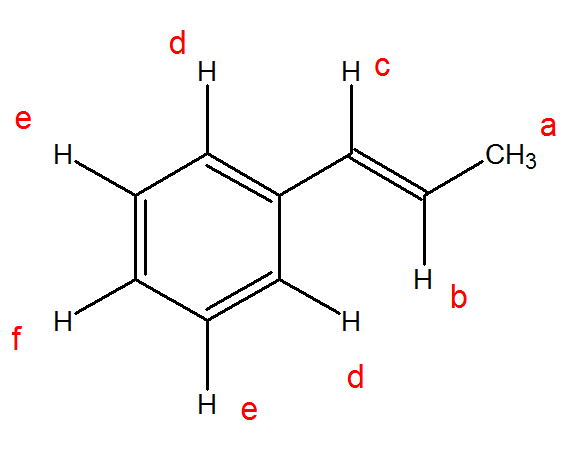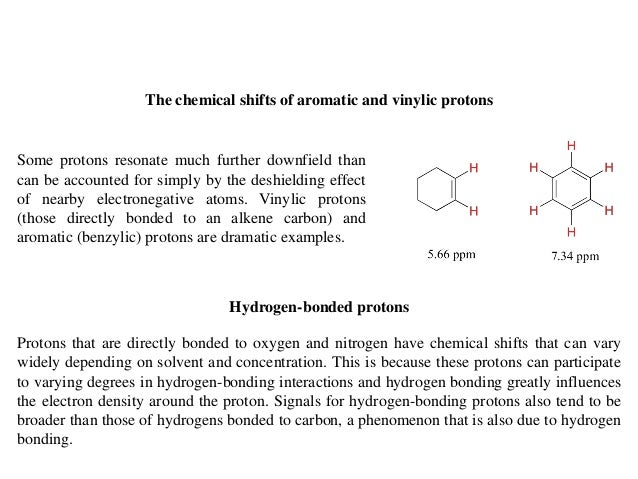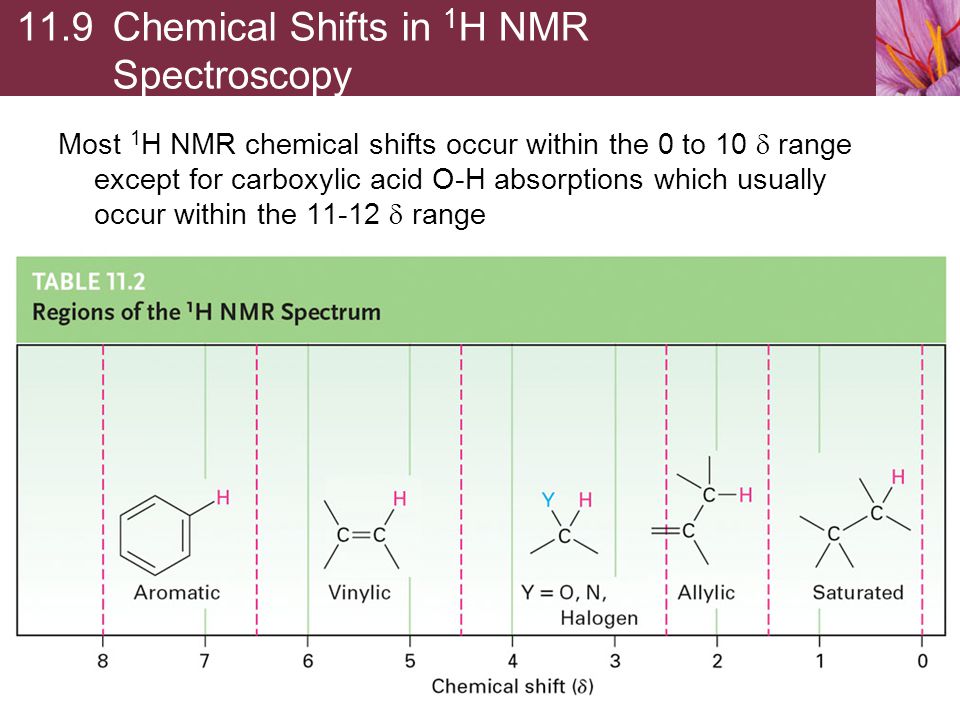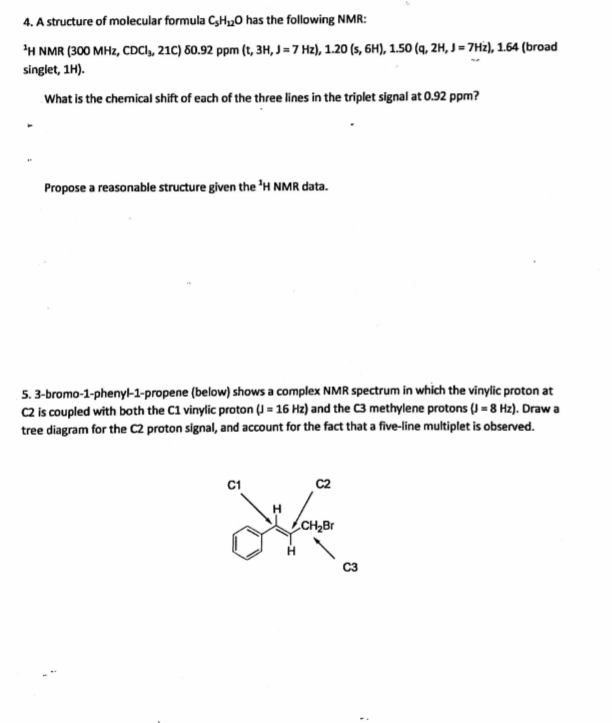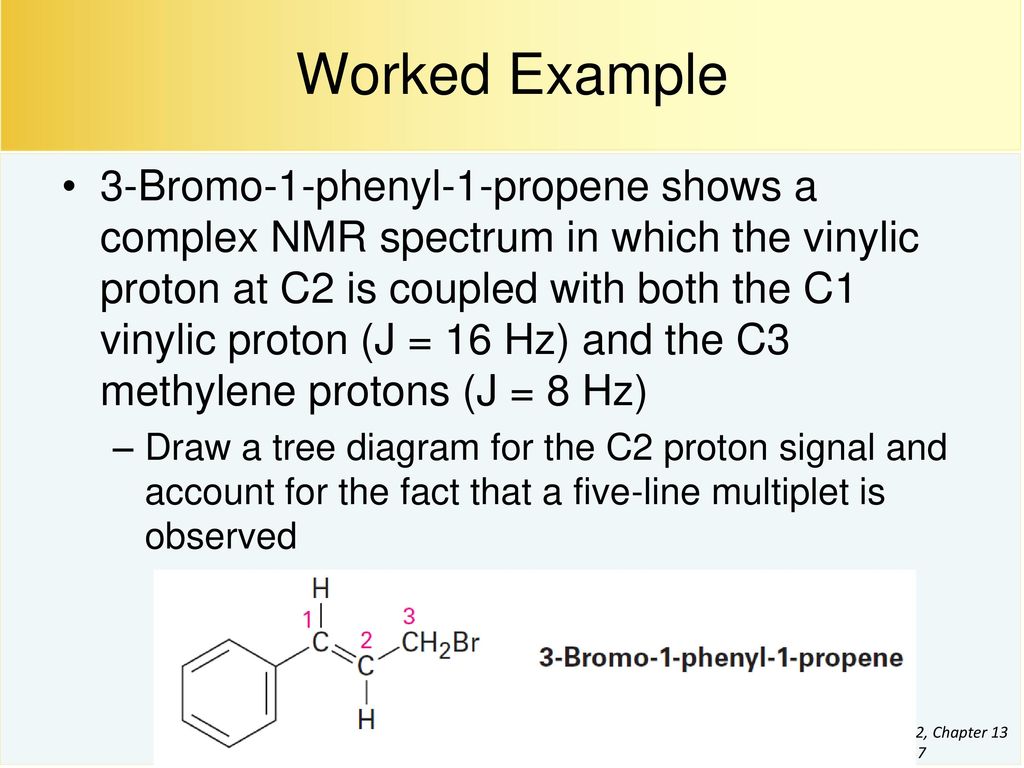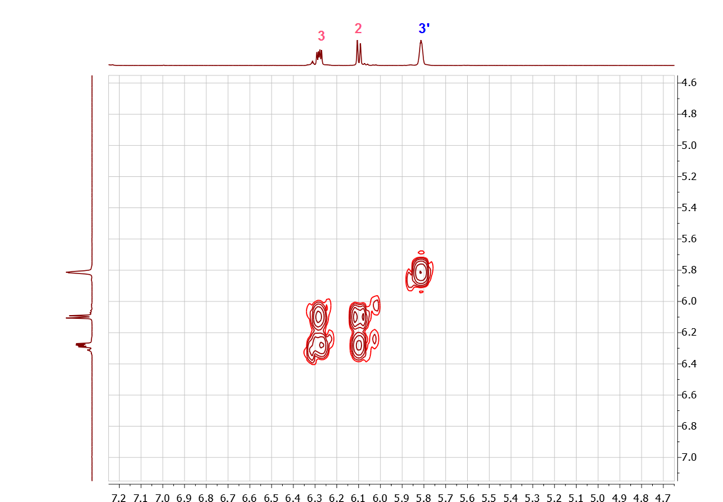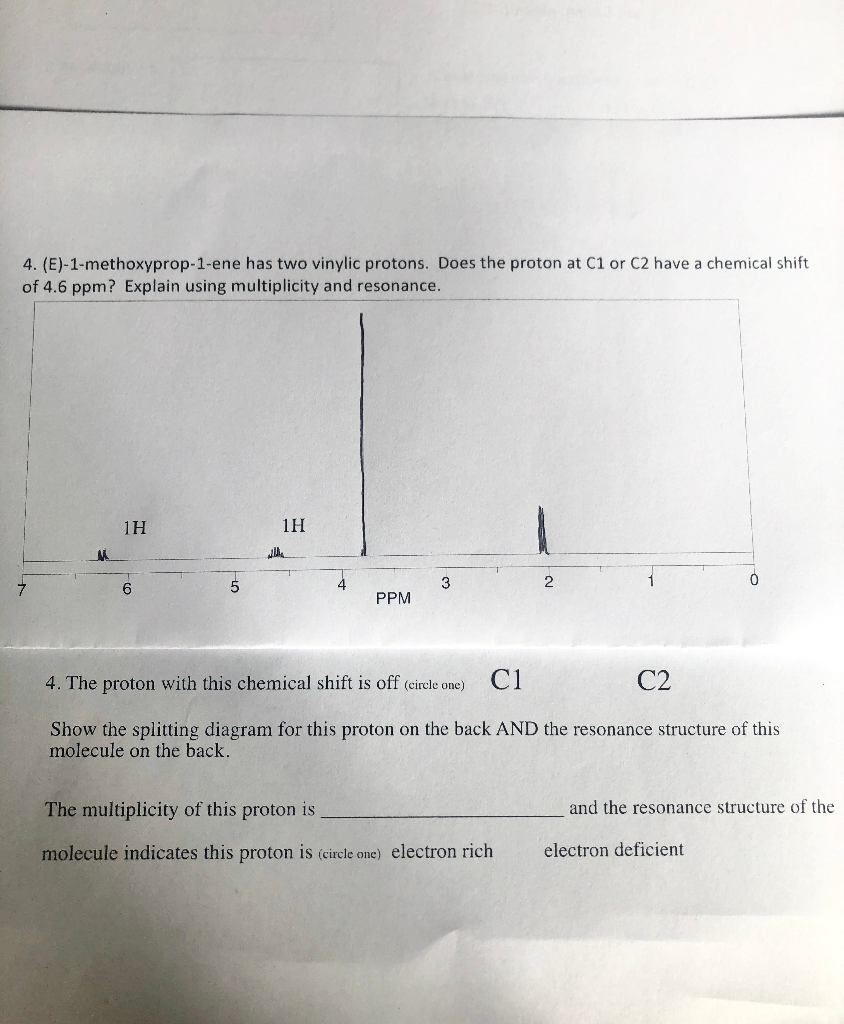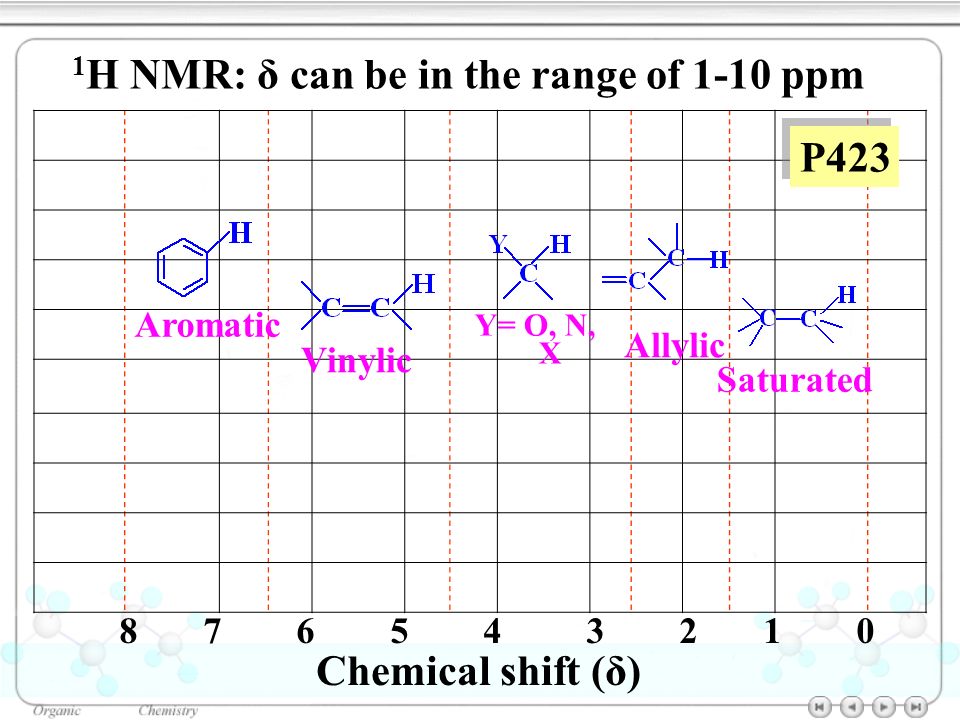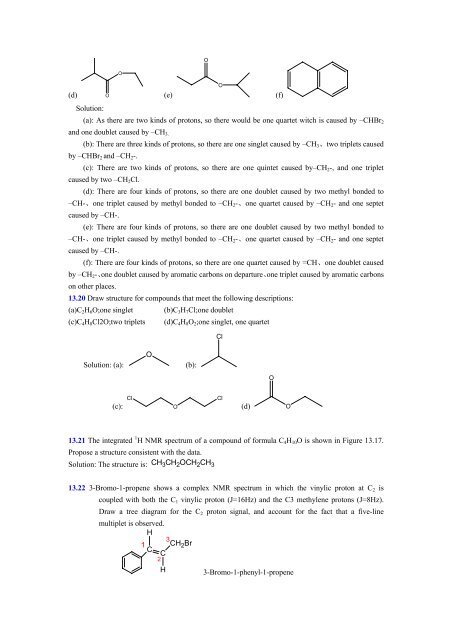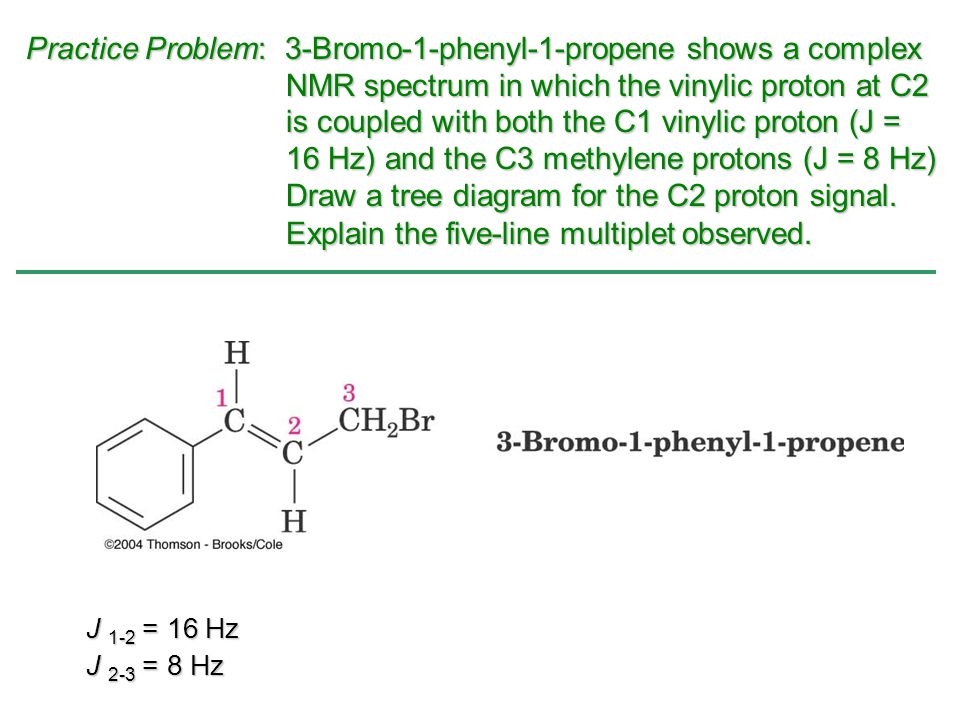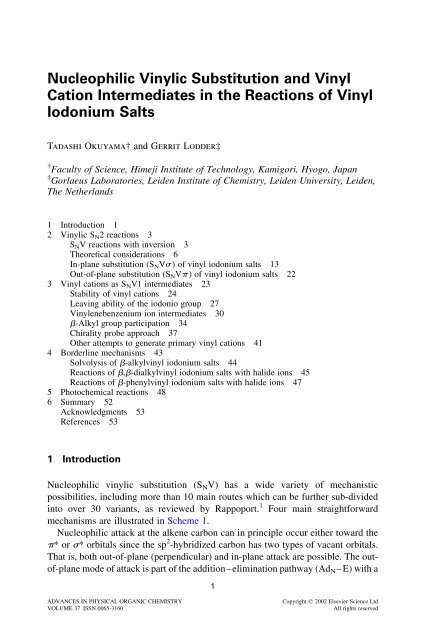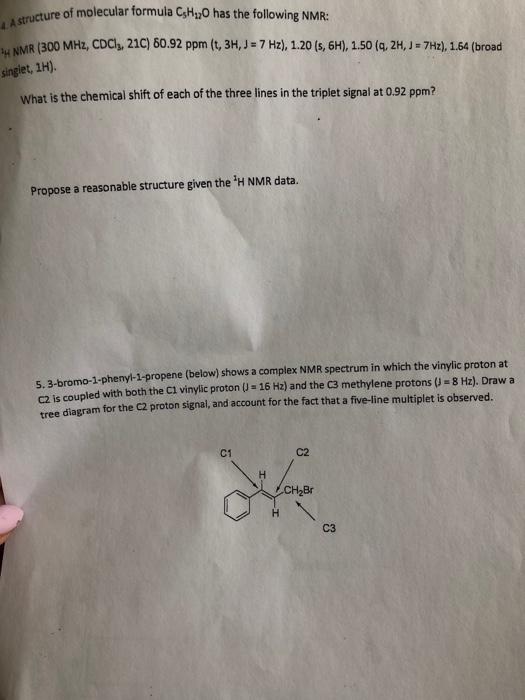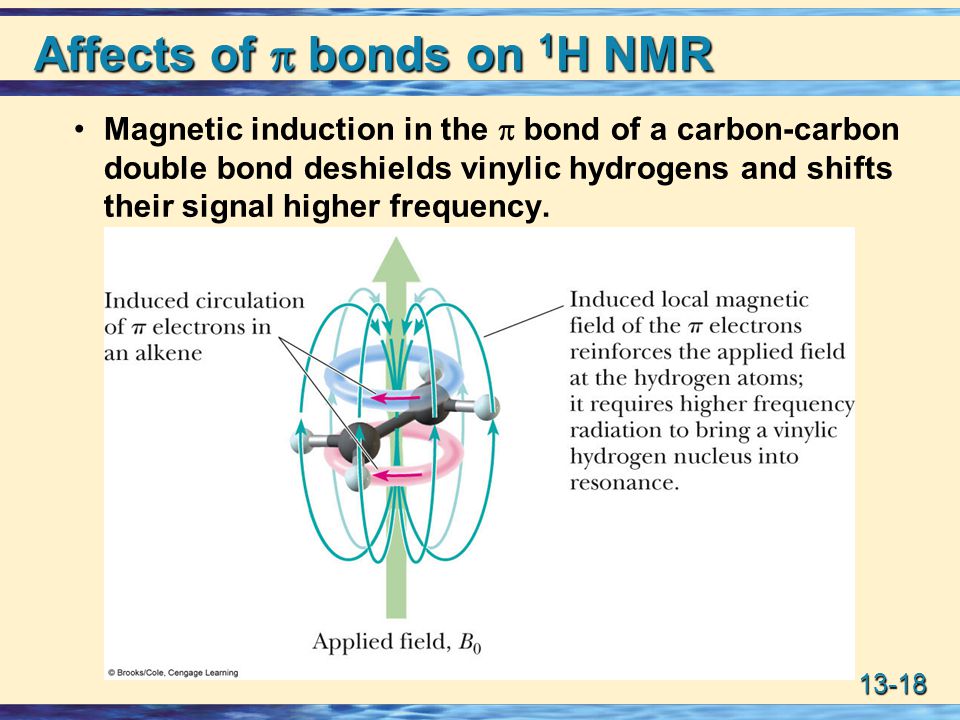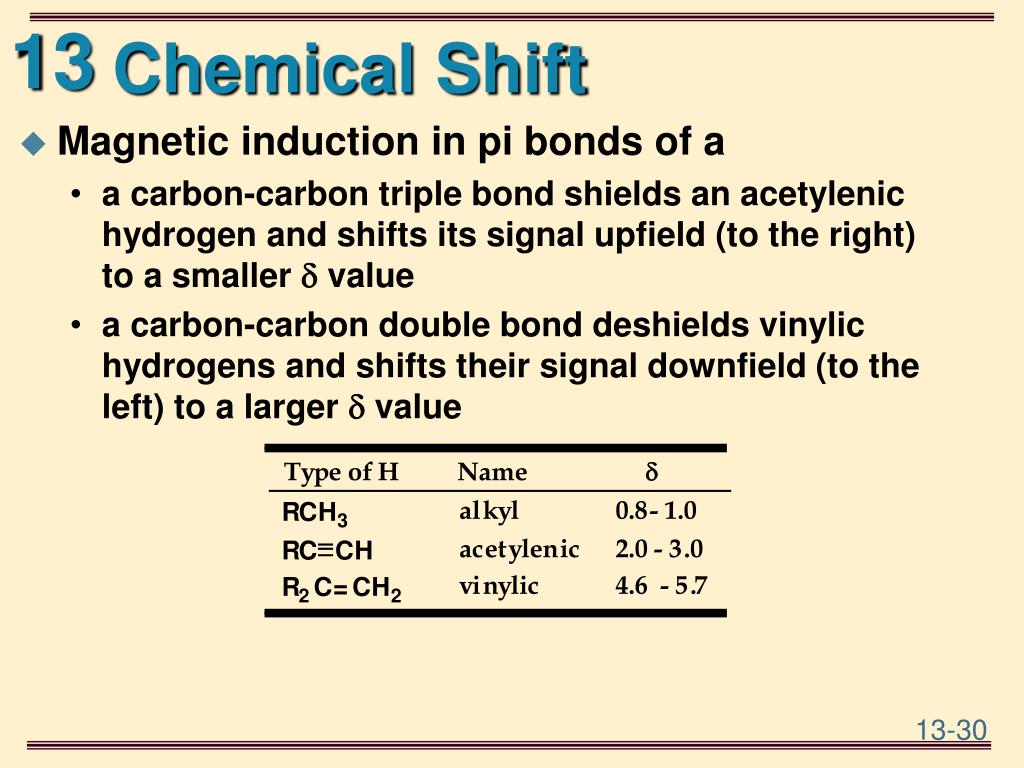Vinylic Hydrogen Chemical Shift

Those bonded to carbon.
Vinylic hydrogen chemical shift. Those bonded to. Table of characteristic proton nmr shifts type of proton type of compound chemical shift range ppm rch 3 1 aliphatic 0 9 r 2 ch 2 2 aliphatic 1 3 r 3 ch 3 aliphatic 1 5 c c h vinylic 4 6 5 9 c c h vinylic conjugated 5 5 7 5 c c h acetylenic 2 3 ar h aromatic 6 8 5 ar c h benzylic 2 2 3 c c ch 3 allylic 1 7 hc f. The chemical shift of hydrogens is caused by the electron distribution in the molecule the movement of the electrons produce small magnetic fields that affect the net field experienced by each hydrogen nucleus proton. Those bonded to carbon atoms which are in turn bonded to a highly electronegative element.
Vinylic protons those directly bonded to an alkene carbon and aromatic benzylic protons are dramatic examples. The following have one h 1 nmr peak. In each case predict approximately where this peak would be in a spectra. Hydrogens directly bonded to mercury have shifts around 17.
Yes but most shifts are less than those seen for carboxylic acids. Chemical shifts in h nmr spectroscopy state the approximate chemical shift δ for the following types of protons. You can also get negative shifts down to about 10.


